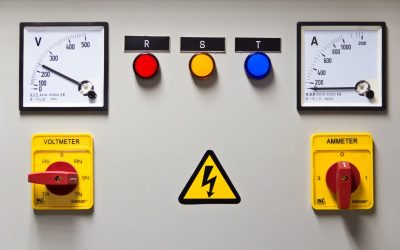Low-temperature co-fired ceramic (LTCCs) materials can be defined as multi-layer microelectronic devices that are co-fired with low resistance metal conductors at temperatures under 1,000oC. These conductors typically include metals such as copper and silver, as the co-firing temperatures used happen to be below their melting points. Thanks to the lower temperatures required to construct these materials, this allows for a safer and faster manufacturing process. These materials were first developed in the ‘50s, and in the ‘60s, this technology was further researched and used to design multilayer materials. It also allows for the incorporation of resistors and inductors within its shell, which makes them very useful in the construction of electronic devices meant for extreme purposes. It is important to remember that both the interior and exterior of a durable electronic product must be immune to extreme conditions. Thus, the circuit boards must also be made of the same material. This article will cover the two primary uses of these materials.
LTCCs Can Withstand Harsh Conditions
Many electronic devices tend to lose function or design integrity very easily upon significant use and exposure to harsh environments. This would mean that gadgets made for the consumer would last a very short time in these environments. The use of low-temperature co-fired ceramic materials provides electronics with the potential to be used in these environments without sacrificing anything by way of design or function. The military frequently employs this material for the manufacturing and design of defense technologies that are used in war scenarios. This includes communication devices such as antennas, satellites, and radars.
LTCCs Can Withstand Extreme Temperatures
Electronic devices tend to suffer significantly in performance and durability when placed under very cold temperatures or in extremely warm environments. Space satellites are in orbit 24/7, and have to survive extremely cold temperatures up to -270oC. Low-temperature co-fired ceramic materials are one of the very few multi-layer material systems that can withstand such an extreme temperature and protect the satellite so that it can perform its duty. This holds true for any kind of satellite that is being used, whether it is for military or transportation purposes.
It is currently unknown if these materials will be used to construct products that are designed for the modern consumer. Many electronic gadgets are not required to be very durable in nature, and so it follows that cheaper materials will be used in favor of co-ceramic materials to design them. There are very few industries outside of the military looking to expand upon this technology, but the medical field has taken interest in the use of LTCCs to develop biosensors that will identify and measure key health markers in human patients. This will allow for a rapid and non-invasive examination to determine the next step of treatment, if any is necessary.



